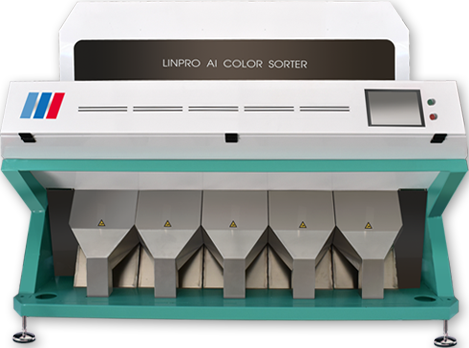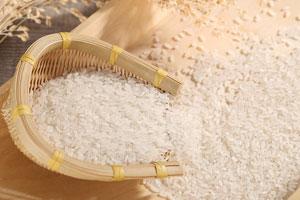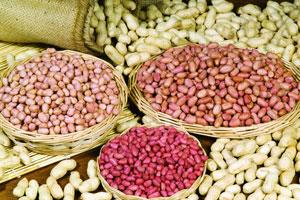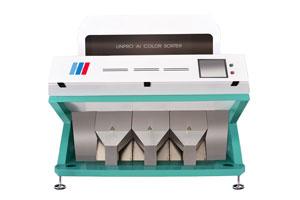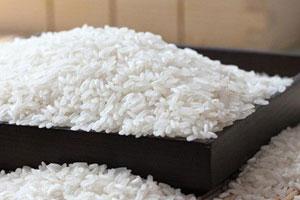The Air and Space Information Research Institute of the Chinese Academy of Sciences released on the 20th that the researcher Huang Wenjiang, Dr. Dong Yingying and his research team have recently released remote sensing of global wheat pests and diseases in Chinese and English. Monitoring report, this is the first international release of global pest and disease monitoring reports.
The international first-ever monitoring report focuses on the occurrence and development of typical pests and diseases in the key growing seasons of major food crops in major food producing countries. For the four major producing countries that entered the mid-to-late growth stage of wheat from April to May 2018, The development status of wheat rust, scab and aphids in China, Russia, France, Turkey, Pakistan, the United States, Germany, Iran, Uzbekistan, and the United Kingdom was quantitatively monitored, and their spatial distribution, degree of damage, and occurrence were extracted and analyzed. area. The monitoring results show that wheat pests and diseases are generally mild in the above 10 countries.
In China, the pests and diseases of wheat in 2018 were generally light, and the area of stripe rust, sheath blight, aphids and scab decreased by 19.7% compared with previous years.
The occurrence of pests and diseases in other countries in the world is: Russia's wheat planting area is about 1.55 billion mu, rust is 9%, mainly distributed in the Caucasus and central regions, and the aphid area accounts for 10%, mainly distributed in the central, Volga and Caucasus; The area of wheat planted in France is about 370 million mu, and the area of rust is 4%. It is mainly distributed in the northwest corn and barley mixed area and the mixed area of corn, barley and rape in the west. The area of locusts accounts for 5%, mainly distributed in northwest corn. Southwestern maize and barley mixed areas and western corn, barley and oilseed mixed areas; Turkey has an area of about 370 million mu of wheat and 12% of rust, mainly distributed in the central Anatolia and Marmara Sea. Aegean Sea and the Mediterranean region; Pakistan has an area of about 320 million mu of wheat and 17% of rust, mainly distributed in the northern plateau and northern Punjab. The area of locusts accounts for 22%, mainly distributed in the northern plateau, northern Punjab and India. The lower reaches of the river; the US wheat planting area is about 250 million mu, and the area of scab is 5%, the main Distributed in the southern part of the Great Plains, California and the Northwest, locusts account for 5% of the area, mainly distributed in the southern and northwestern areas of the Great Plains; Germany's wheat planting area is about 190 million mu, and locusts account for 9%, mainly in the central and northern parts. Wheat-growing area and northwest wheat and sugar beet mixed area; Iran's wheat planting area is about 150 million mu, rust area is 10%, mainly distributed in the west and north, and aphid area is 12%, mainly distributed in the west and north. Region; Uzbekistan has a planting area of about 120 million mu, and rust is 14%, mainly distributed in cereal producing areas and cotton producing areas. Aphid area accounts for 17%, mainly in cereal producing areas; UK wheat growing area is about 0.7%. In the area of 100 million mu, the area of rust is 8% of the total planting area, mainly distributed in the southern wheat barley mixed area and the central sparse crop area. The aphid area accounts for 11% of the total planting area, mainly distributed in the southern wheat barley mixed area.
Experts pointed out that under the current background of global climate change, the extent and prevalence of crop pests and diseases have been significantly expanded and enhanced. Pests and diseases have become one of the most important factors restricting agricultural production and threatening food security. Compared with traditional pest and disease field investigation techniques, remote sensing can dynamically and objectively monitor the occurrence and development of crop pests and diseases on a large scale, which is of great significance for timely, efficient and scientific prevention and control of pests and diseases. In recent years, the successive launch of Chinese and foreign series of high-temporal resolution satellites has provided a good opportunity for remote sensing monitoring and prediction of large-scale crop pests and diseases.
Welcome to LINPRO for more
color sorter!
